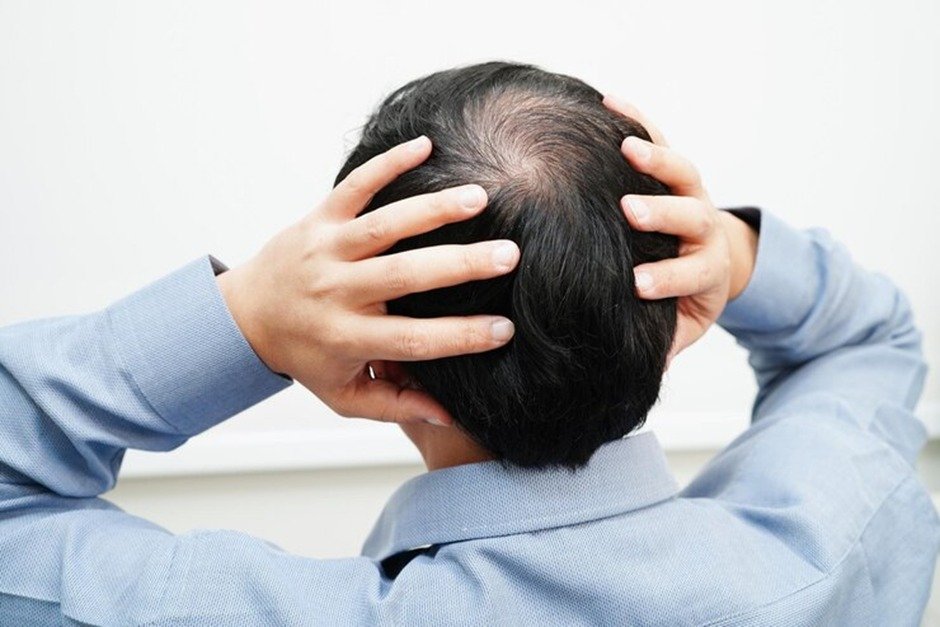Hair loss can be a distressing experience for both men and women. One of the most common causes of significant hair shedding and thinning is alopecia — a general term for conditions that affect hair growth and scalp health. When it comes to managing this condition, timing is crucial. Starting treatment early can dramatically improve your outcomes, slow down progression, and even reverse some of the hair loss.
If you’re beginning to notice thinning patches, excessive hair shedding, or sudden bald spots, it might be time to consult a hair restoration clinic that specialises in alopecia treatments. But what exactly is the best time to start treatment? The answer depends on the type of alopecia, your overall health, and how quickly you respond to changes in your hair condition.
Understanding Alopecia: The Basics
Before discussing the timing of treatment, it’s important to understand what alopecia is and how it presents itself. There are several forms, but the most common types include:
- Alopecia Areata – An autoimmune condition where the body attacks its own hair follicles, often resulting in sudden bald spots.
- Androgenetic Alopecia – Commonly referred to as male or female pattern baldness. This type progresses slowly over time due to genetic and hormonal factors.
- Telogen Effluvium – Temporary hair loss caused by stress, illness, or hormonal changes.
- Traction Alopecia – Caused by repeated tension on the hair due to tight hairstyles.
Each type may have different causes, patterns of progression, and responses to treatment. However, one common principle applies across all types: early intervention leads to better results.
Why Early Treatment Matters
Starting alopecia treatment at the earliest signs of hair loss offers several benefits:
Preserves Active Hair Follicles
Hair follicles that have recently stopped producing hair can often be reactivated. The longer a follicle remains dormant, the less likely it is to respond to treatment.
Slows or Stops Progression
Some forms of alopecia, such as androgenetic alopecia, are progressive. Starting treatment early can halt or significantly slow the process.
Improves Response to Treatment
Younger or healthier hair follicles are more responsive to medical and regenerative treatments such as PRP therapy, microneedling, or exosome injections.
Boosts Confidence
Hair loss can affect self-esteem and mental wellbeing. Starting treatment early helps maintain your appearance and confidence.
Signs You Should Visit a Hair Restoration Clinic
Many people ignore the early signs of alopecia, assuming it’s temporary or insignificant. Here are common early warning signs that should prompt a consultation:
- Widening hair part or receding hairline
- Sudden bald patches
- Excessive hair on your pillow or in the shower
- Noticeable thinning at the crown or temples
- Redness, itching, or irritation on the scalp
If you’re experiencing any of these symptoms, a hair restoration clinic can assess your scalp, diagnose the cause, and develop a tailored treatment plan.
When Is the Best Time to Start Treatment?
At the First Sign of Hair Loss
Whether you notice more hair shedding during brushing or subtle thinning, the best time to act is right away. This allows for early diagnosis and prevents more severe hair loss.
After a Triggering Event
If you’ve experienced major stress, hormonal changes, or illness (e.g. post-COVID), and notice hair shedding soon after, it’s ideal to seek help within 2–3 months. Conditions like telogen effluvium respond well to early intervention.
Before a Milestone Event
Many people seek alopecia treatment before major life events like weddings, job interviews, or reunions. Since most treatments take several months to show visible improvement, starting 6–12 months in advance is ideal.
In Your 20s or 30s if You Have a Family History
If your parents or siblings experienced pattern baldness, starting preventative treatment early — even before visible hair loss — can help preserve your hair density.
Modern hair restoration clinics offer a variety of treatments, each suited to different types and severities of alopecia. These may include:
– Medications
Minoxidil and finasteride are FDA-approved treatments for pattern hair loss that work well when started early.
– Platelet-Rich Plasma (PRP) Therapy
A natural, regenerative treatment that uses your own blood’s growth factors to stimulate hair follicles.
– Exosome Therapy
Advanced stem-cell-derived treatment that promotes scalp repair and follicle activation.
– Low-Level Laser Therapy (LLLT)
Non-invasive red-light technology that supports follicle health and reduces inflammation.
– Microneedling
Increases scalp absorption of topical treatments and stimulates collagen and follicle regeneration.
– Hair Transplant Surgery
For those with more advanced hair loss, surgical options like FUE or FUT transplants offer permanent solutions.
The key is to match the treatment with the current stage and type of alopecia, which a qualified specialist can help you determine.
At your first appointment, the hair restoration specialist will:
- Perform a detailed scalp analysis
- Review your medical and family history
- Identify the cause and pattern of hair loss
- Recommend personalised treatment options
- Discuss timelines, costs, and outcomes
Many clinics also offer photographic tracking to help you monitor progress over time.
Conclusion
The best time to start alopecia treatment is the moment you notice any change in your hair’s health or volume. Early intervention not only improves your chances of regrowth but also helps maintain the quality and density of your existing hair.
Visiting a reputable hair restoration clinic ensures you receive a proper diagnosis and a customised treatment plan tailored to your needs. With today’s advanced medical options, regaining your confidence and healthy hair is more achievable than ever.
Don’t wait until the problem becomes severe — the earlier you take action, the better your long-term hair health will be.

